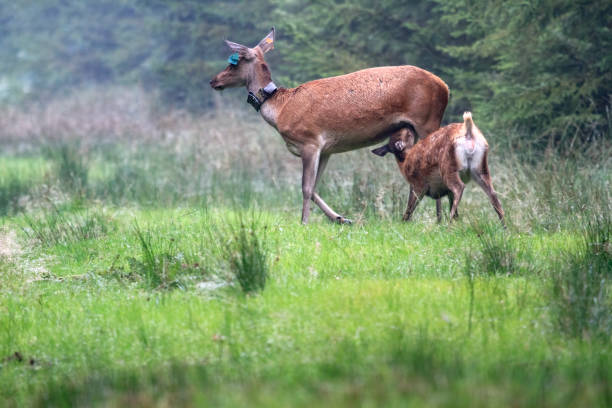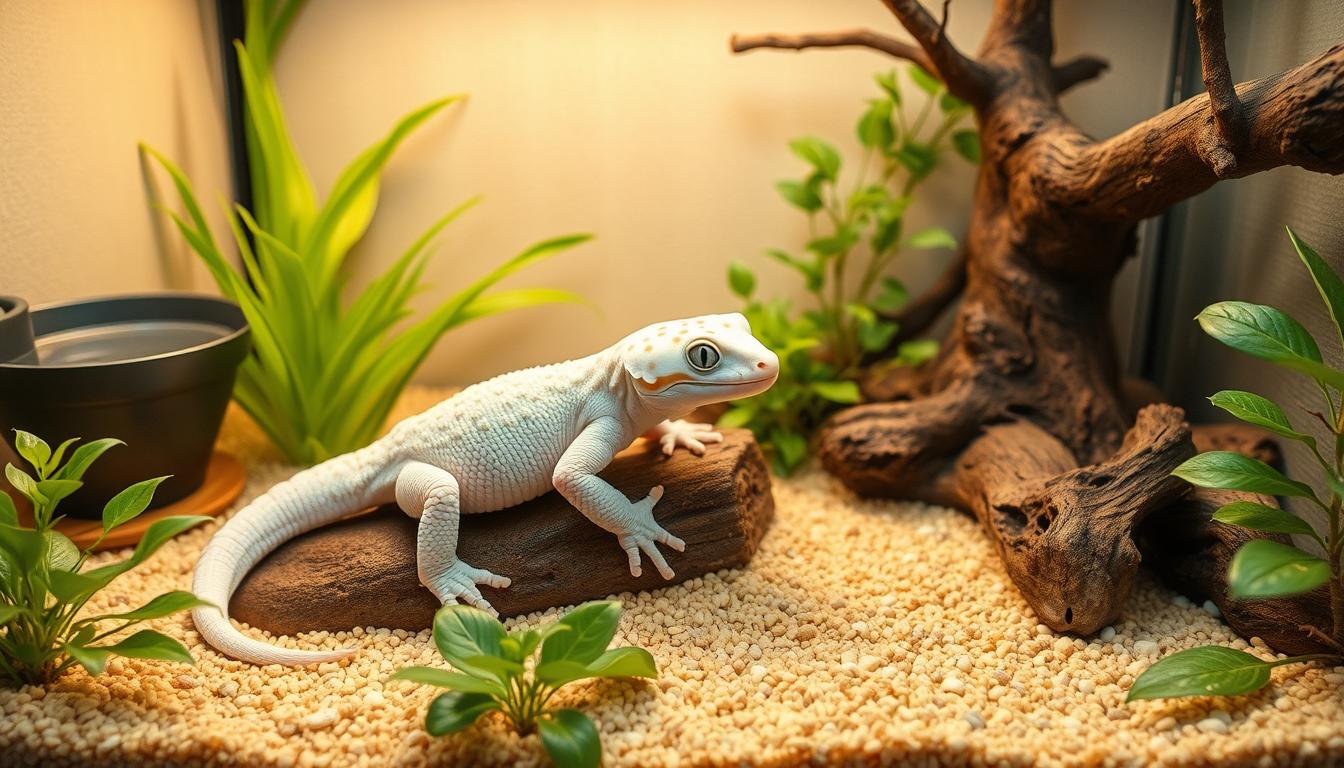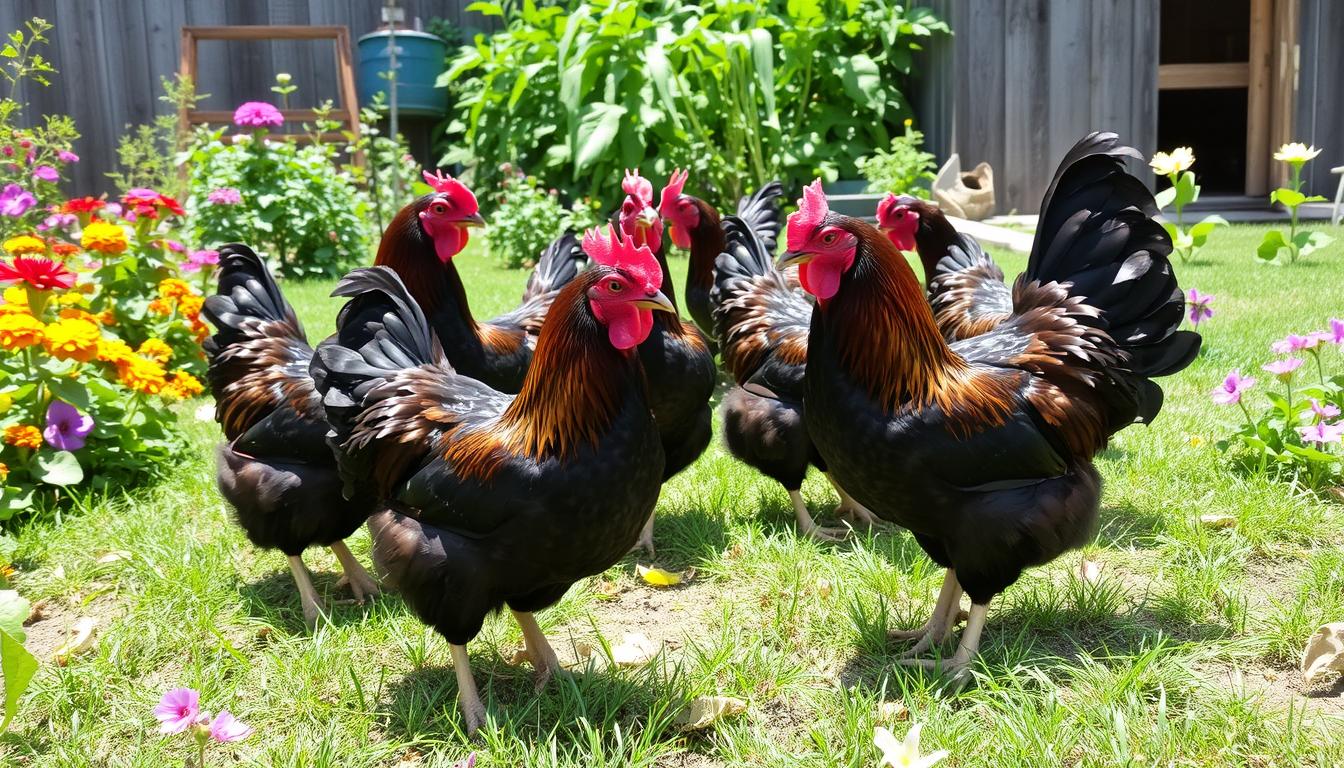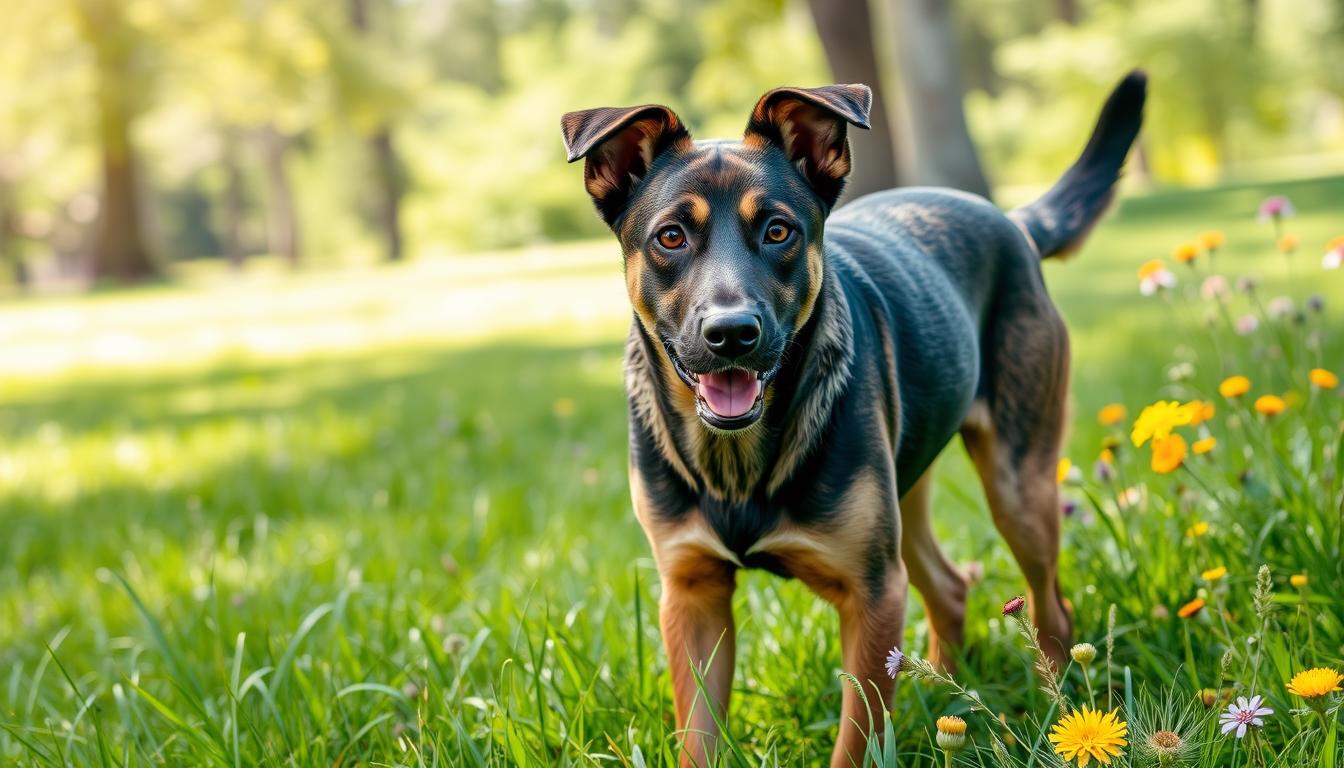The Ultimate Guide to Deer Feeders: Everything You Need to Know

Introduction to Deer Feeders
What is a Deer Feeder?
A deer feeder is a device used to dispense food to deer in a controlled manner. Whether you’re a hunter, land manager, or wildlife enthusiast, a deer feeder helps attract and nourish deer for observation or game management.

Why Use a Deer Feeder?
Deer feeders can:
- Attract deer to specific areas
- Improve deer health and population
- Help with hunting strategies
- Provide educational and viewing opportunities
Types of Deer Feeders
Gravity Feeders
These are the simplest. They rely on gravity to dispense feed into a trough. No moving parts, no batteries—just easy and reliable.
Spin Cast Feeders
Powered by batteries, they fling feed out in a circular pattern at set times. Great for timed feeding.
Tripod Feeders
These feeders are elevated on three legs and usually include a timer and spinner plate for scheduled feeding.
Trough Feeders
Just like they sound, these feeders resemble an open tray or trough. They’re ideal for small-scale setups and allow easy access.
Electric & Automatic Feeders
Fully programmable feeders with digital timers. You control how much and when feed is dispensed—super efficient and customizable.
Key Features to Look for in a Deer Feeder
Durability
Go for feeders made from weather-resistant materials like galvanized steel or UV-resistant plastic.
Weather Resistance
Choose models with lids and waterproof seals to protect feed from rain and pests.
Feed Capacity
This depends on how often you want to refill. Common sizes range from 30 lbs to over 200 lbs.
Timer Settings
Digital timers let you set multiple feeding times per day. Super useful for consistency.
Battery Life & Power Source
Most feeders are battery-powered, but solar options are gaining popularity for hassle-free operation.
How to Choose the Right Deer Feeder
Based on Location
Dense woods? Go for a gravity feeder. Open fields? A spin-cast feeder may be better.
Based on Budget
Basic models cost around $50, while high-end automatic feeders can exceed $300.
For Seasonal vs. Year-Round Use
If you’re only feeding in hunting season, a basic model might do. For long-term use, invest in something durable and automated.
Where to Place Your Deer Feeder
Near Water Sources
Deer often follow water trails. Placing feeders nearby increases your chances of attracting them.
In Quiet, Remote Areas
Deer avoid noisy or busy locations. Find a secluded spot for best results.
Avoiding Roads and Trails
Keep feeders away from public roads and human trails to reduce stress on deer and ensure safety.
Best Feed to Use in Deer Feeders
Corn
Inexpensive and widely used. Great for attracting deer quickly.
Protein Pellets
Perfect for supporting antler growth and overall deer health.
Mineral Blocks
Place near feeders to supplement essential nutrients like calcium and phosphorus.
Homemade Mixes
Mix corn, oats, and molasses for a DIY solution that deer love.
How to Maintain Your Deer Feeder
Cleaning Tips
Clean feeders every 2–3 weeks. Remove moldy feed and wipe down the interior.
Keeping Pests Away
Use lids, mesh guards, or even scent repellents to deter raccoons, squirrels, and rodents.
Replacing Batteries & Parts
Always check battery life. Keep spare parts on hand like spinner plates and timers.
Legal Considerations and Ethics
Hunting Laws by State
Some states prohibit feeding during hunting season. Always check your local wildlife regulations.
Fair Chase Ethics
Don’t overfeed or place feeders too close to hunting blinds. Keep the spirit of hunting alive.
Off-season Feeding Guidelines
Feed responsibly during the off-season to promote herd health without creating dependency.
Benefits of Using Deer Feeders
Attracting Game
Feeders make it easy to bring deer to specific spots—great for both hunting and photography.
Improving Deer Health
Consistent feeding improves body condition, especially during harsh winters.
Wildlife Observation
Want to teach kids about nature? Feeders can bring the wild right to your backyard.
DIY Deer Feeders vs. Store-Bought
Pros and Cons
DIY feeders are cheap and customizable. Store-bought ones save time and offer better features.
Budget-Friendly DIY Ideas
PVC pipe feeders, 5-gallon bucket feeders, or even modified trash cans can work wonders.
Top Deer Feeder Brands to Consider
- Moultrie – Known for quality and innovation
- Wildgame Innovations – Affordable and reliable
- Boss Buck – Great for durability
- American Hunter – Perfect for programmable features
Seasonal Feeding Tips
Summer Feeding
Use protein-rich pellets and keep feed dry in humid conditions.
Fall & Winter Nutrition
Switch to higher-carb feeds like corn to keep deer warm and energized.
Common Mistakes to Avoid
- Overfeeding (causes waste and pest issues)
- Poor placement (no deer will show)
- Using the wrong feed (not all deer digest the same stuff)
Expert Tips for Maximum Results
- Use trail cameras to monitor feeder activity
- Rotate feeder locations every few months to prevent overgrazing
- Keep feeders clean and filled consistently
Conclusion
Whether you’re a passionate hunter, wildlife photographer, or just a nature lover, a good deer feeder can completely transform your outdoor experience. By choosing the right type, placing it wisely, and maintaining it properly, you’ll not only attract deer but also support their health and survival. Just remember to follow local laws and feed responsibly. Happy feeding!
FAQs
Q1: What is the best type of deer feeder for beginners?
A gravity feeder is ideal for beginners. It’s easy to use, affordable, and requires no electricity or programming.
Q2: Can I use regular livestock feed in my deer feeder?
Not recommended. Deer have sensitive stomachs. Stick to corn, protein pellets, or specialized deer feed.
Q3: How often should I clean my deer feeder?
Every 2–3 weeks is best, or sooner if you notice mold, pests, or clumping feed.
Q4: Are deer feeders legal everywhere in the U.S.?
No. Laws vary by state. Always check with your local wildlife authority before setting one up.
Q5: What time should I set my automatic feeder to dispense feed?
Early morning and late evening are best—those are peak feeding times for deer.



